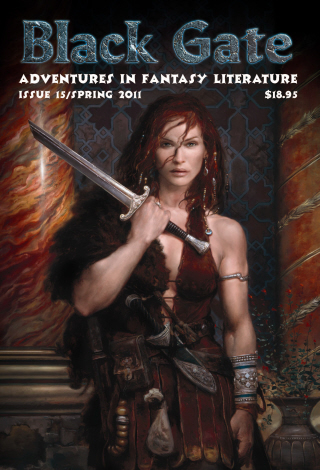 The theme of our massive 15th issue, captured beautifully by Donato Giancola’s striking cover, is Warrior Women. Eight authors — Jonathan L. Howard, Maria V. Snyder, Frederic S. Durbin, Sarah Avery, Paula R. Stiles, Emily Mah, S. Hutson Blount, and Brian Dolton — contribute delightful tales of female warriors, wizards, weather witches, thieves, and other brave women as they face deadly tombs, sinister gods, unquiet ghosts, and much more.
The theme of our massive 15th issue, captured beautifully by Donato Giancola’s striking cover, is Warrior Women. Eight authors — Jonathan L. Howard, Maria V. Snyder, Frederic S. Durbin, Sarah Avery, Paula R. Stiles, Emily Mah, S. Hutson Blount, and Brian Dolton — contribute delightful tales of female warriors, wizards, weather witches, thieves, and other brave women as they face deadly tombs, sinister gods, unquiet ghosts, and much more.
Frederic S. Durbin takes us to a far land where two dueling gods pit their champions against each other in a deadly race to the World’s End. Brian Dolton offers us a tale of Ancient China, a beautiful occult investigator, and a very peculiar haunting. And Jonathan L. Howard returns to our pages with “The Shuttered Temple,” the sequel to “The Beautiful Corridor” from Black Gate 13, in which the resourceful thief Kyth must penetrate the secrets of a mysterious and very lethal temple.
What else is in BG 15? Howard Andrew Jones bring us a lengthy excerpt from his blockbuster novel The Desert of Souls, featuring the popular characters Dabir & Asim. Harry Connolly returns after too long an absence with “Eating Venom,” in which a desperate soldier faces a basilisk’s poison — and the treachery it brings. John C. Hocking begins a terrific new series with “A River Through Darkness & Light,” featuring a dedicated Archivist who leads a small band into a deadly desert tomb; John Fultz shares the twisted fate of a thief who dares fantastic dangers to steal rare spirits indeed in “The Vintages of Dream,” and Vaughn Heppner kicks off an exciting new sword & sorcery saga as a young warrior flees the spawn of a terrible god through the streets of an ancient city in “The Oracle of Gog.”
Plus fiction from Darrell Schweitzer, Jamie McEwan, Michael Livingston, Chris Willrich, Fraser Ronald, Derek Künsken, Jeremiah Tolbert, Nye Joell Hardy, and Rosamund Hodge!
In our generous non-fiction section, Mike Resnick educates us on the best in black & white fantasy cinema, Bud Webster turns his attention to the brilliant Tom Reamy in his Who? column on 20th Century fantasy authors, Scott Taylor challenges ten famous fantasy artists to share their vision of a single character in Art Evolution, and Rich Horton looks at the finest fantasy anthologies of the last 25 years. Plus over 30 pages of book, game, and DVD reviews, edited by Bill Ward, Howard Andrew Jones, and Andrew Zimmerman Jones — and a brand new Knights of the Dinner Table strip.
Buy this issue for only $18.95, or as part of bundle of back issues — any two for just $25 plus shipping!
Buy this issue in PDF for only $8.95!
Buy the Kindle version at Amazon.com for just $9.95!
Black Gate 15 is another huge issue: 384 pages of fiction, reviews, and articles. It contains 22 stories, totaling nearly 152,000 words of adventure fantasy. Complete details on all the contents after the jump.
…
Read More Read More
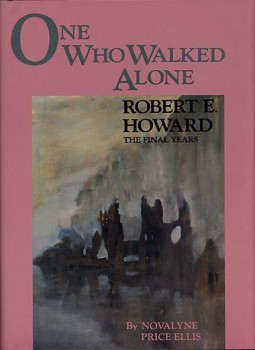 It couldn’t have been easy for Novalyne Price Ellis to write One Who Walked Alone: Robert E. Howard the Final Years (Donald M. Grant Publisher, Inc., 1986). Price Ellis’ memoir of her relationship with Howard (roughly 1934-36) is illuminating in its raw honesty. It’s also painful, at turns disappointing and downright frustrating. We might find escape in Howard’s sword and sorcery tales but there is none to be found here.
It couldn’t have been easy for Novalyne Price Ellis to write One Who Walked Alone: Robert E. Howard the Final Years (Donald M. Grant Publisher, Inc., 1986). Price Ellis’ memoir of her relationship with Howard (roughly 1934-36) is illuminating in its raw honesty. It’s also painful, at turns disappointing and downright frustrating. We might find escape in Howard’s sword and sorcery tales but there is none to be found here.
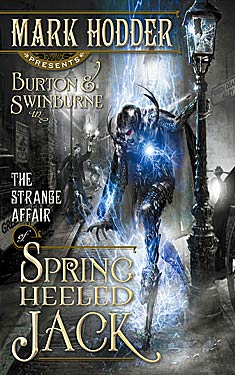
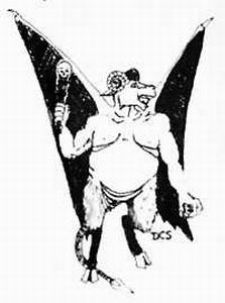

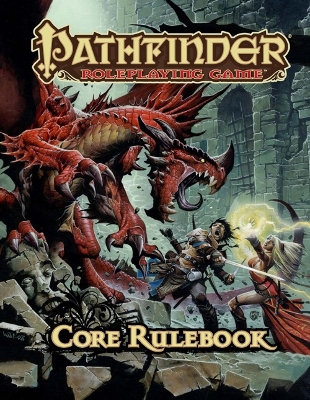
 Moving on from the
Moving on from the 
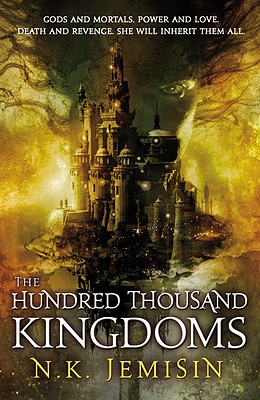
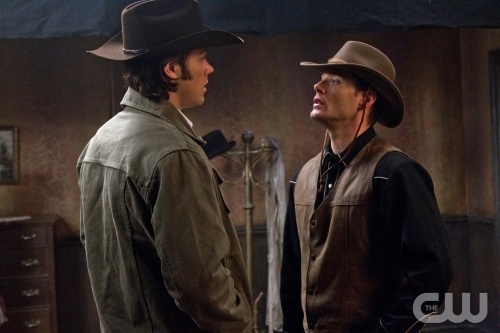
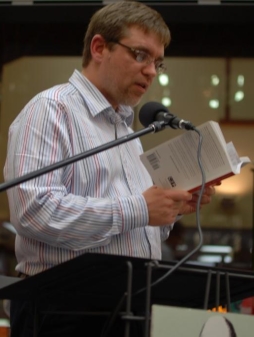 Here’s Part Two of my interview with writer, critic, and editor
Here’s Part Two of my interview with writer, critic, and editor